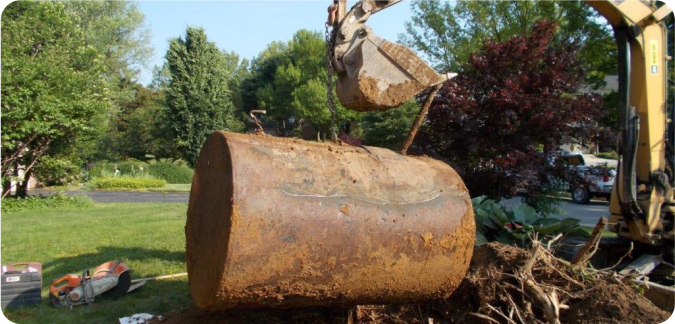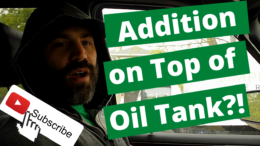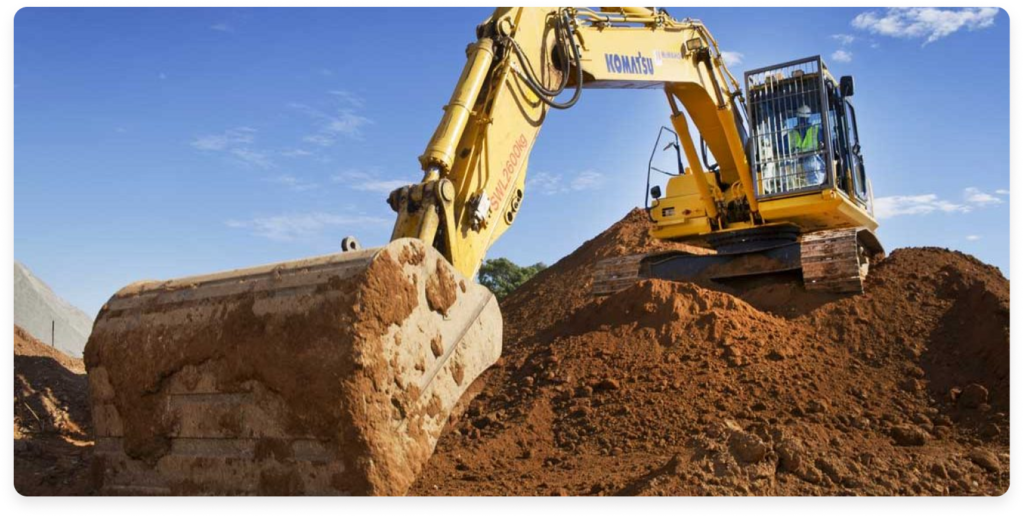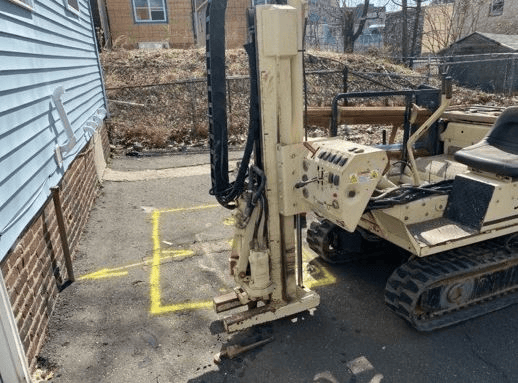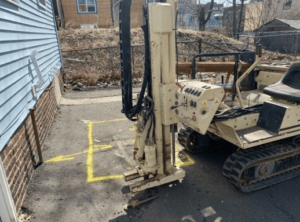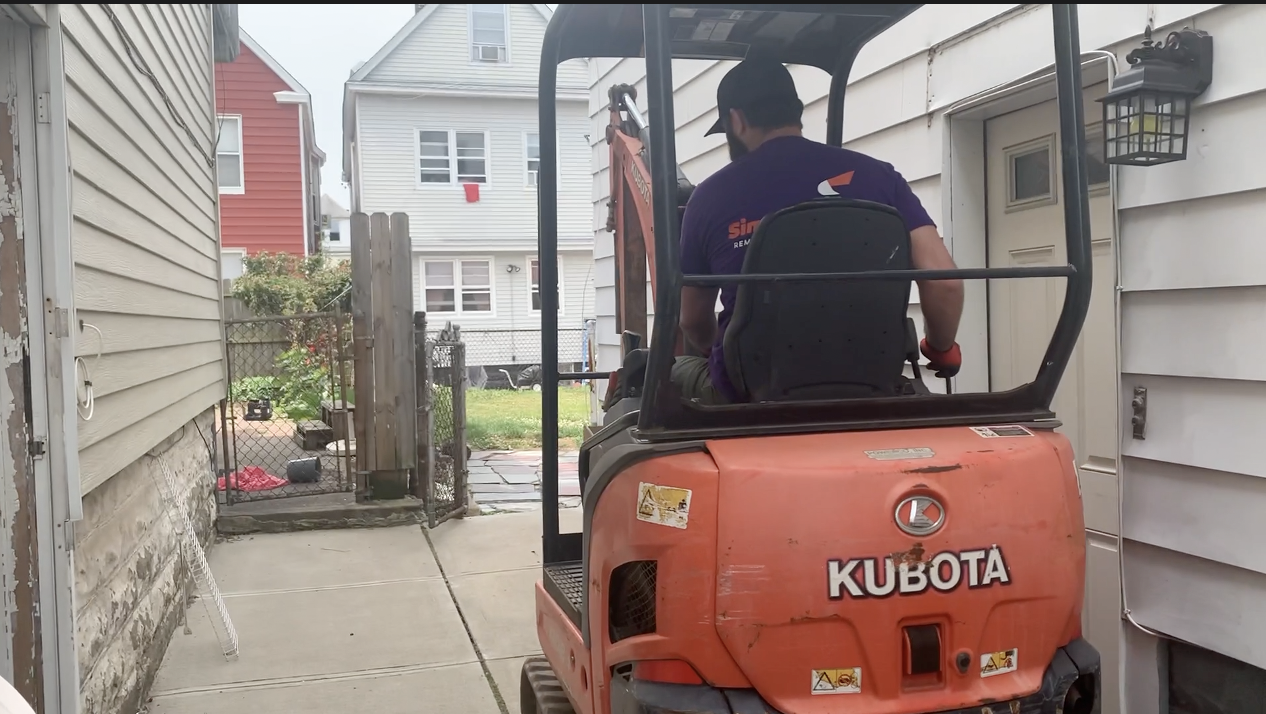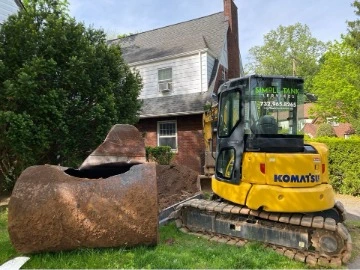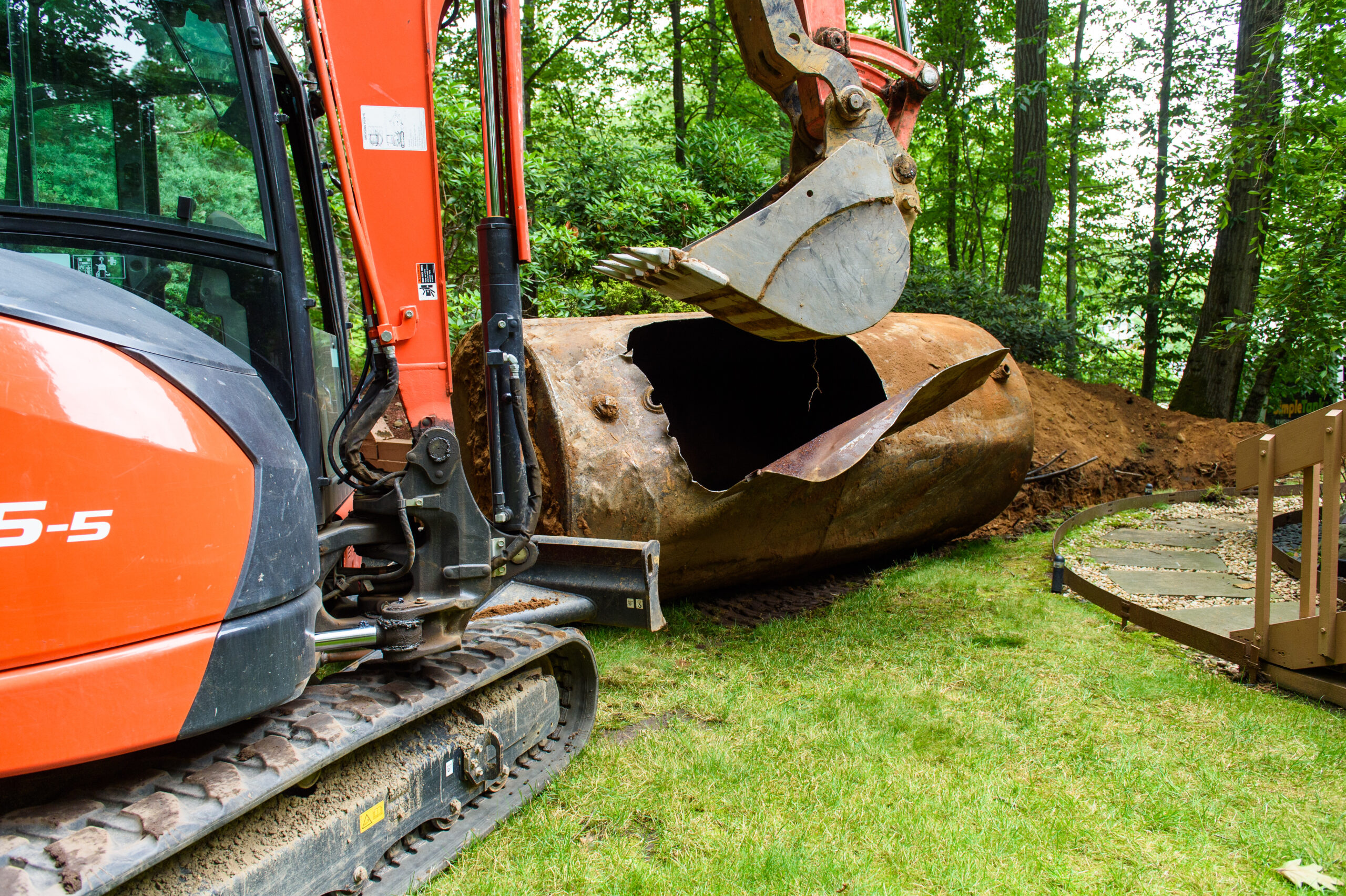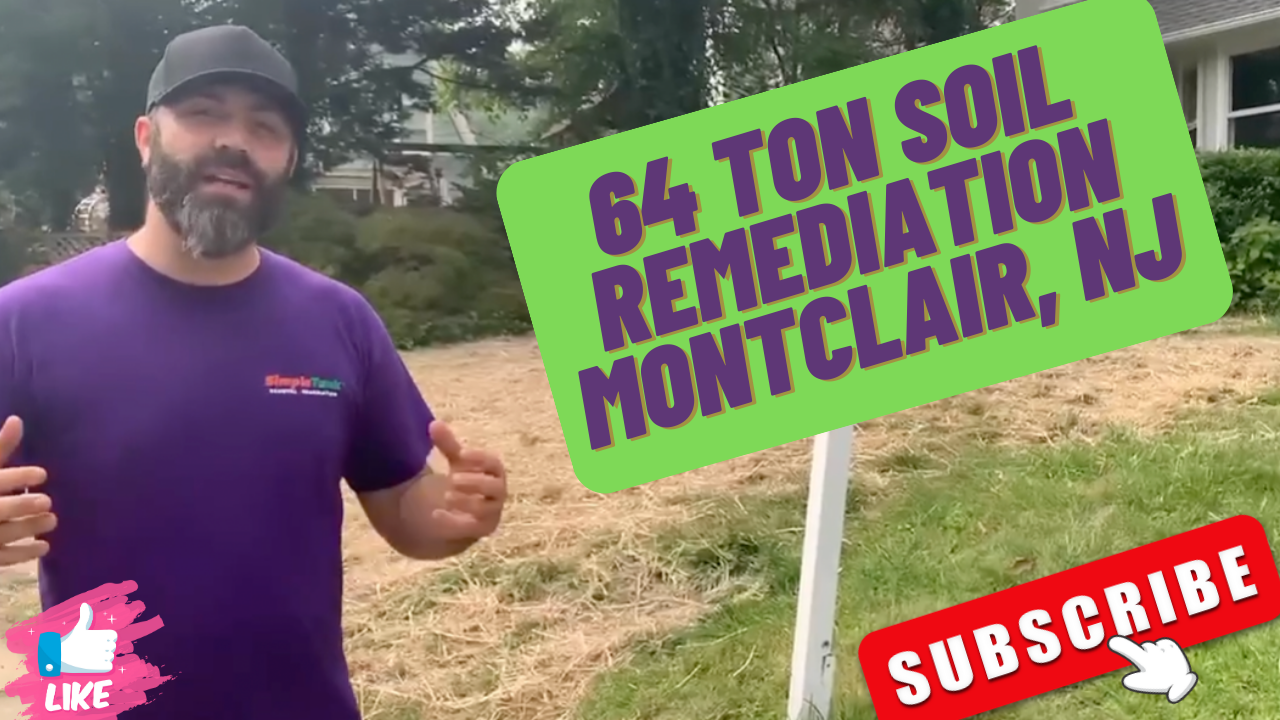
Listen By
Questions answered in this episode…
- How much is it to remove an underground 550 gallon oil tank that is easily accessible? 1:40
- I’m not selling, should I remove the tank now or wait? 2:30
- How quickly can you schedule the project once I sign on? 3:20
- Does the NJDEP get involved? 4:00
- How do you close out a case # with NJDEP? 4:20
Speaker 2:
Just wanted a ballpark figure on a tank removal.
Teddy:
Sure. Yeah, I can help you with that. Where’s the tank located on the property?
Speaker 2:
Between the house and the driveway.
Teddy:
Between the house and the driveway. Okay. Is it a 550 gallon tank?
Speaker 2:
Yeah, I’m pretty sure it’s 550,
Teddy:
Is it actively being used or was there-
Speaker 2:
No, it’s been deactivated for a couple of years now.
Teddy:
Okay. Was it filled in place with sand anything like that or foam?
Speaker 2:
No. It’s got about 50 gallons of residual oil.
Teddy:
Okay, perfect. That’s better. Sometimes the ones with the previously filled sand can be more expensive to remove, because it’s not cleaned out properly, so that’s good. So yeah, I’m looking at the property. Yeah, I see it. Okay. So it looks like there’s a tree when you first pull in the driveway to the left?
Speaker 2:
Yeah. The tank is to the left of the driveway.
Teddy:
To the left of the driveway, okay. Yeah. That’s easily accessible. Yeah, so something like that, pretty basic, typically how it works is we go to the town of Highland Park. We get the permits for you. Once they’re approved, we come out. We dig down to the top of the tank, cut it open, take all the oil out, wipe it down completely, and then we pull it. Once it’s out, we’ll have the town come do their visual inspection. This all’s going to happen in the same day. As long as their visual inspection passes, there’s no sampling required. We’ll be able to backfill the hole and take the tank away. And you’ll get a certificate from the township once we submit to them the disposal documents for the tank and the oil. So something like that, you’re looking at 1400 bucks. The only additional costs would be the permits. I think there’s $75 in Highland Park. And if there’s any water in the tank, we charge a dollar a gallon to dispose of water.
Speaker 2:
Sounds pretty good to me actually. Yeah, I’ve been sitting on a tank for 20 years. We used it for 20 out of the 25 years. And then a couple years ago, but just got paranoid, had them put in a tank in the house and disconnected that one.
Teddy:
So yeah, you have any plans of selling in the near future or?
Speaker 2:
No, but I’m afraid someday it’s just going to rot through and leak. I’m uphill from the river. The oil will float downhill and I’ll be responsible for everybody from here to New Brunswick.
Teddy:
Yeah, yeah, yeah, no, I mean, here’s the thing. So you definitely want to remove it. And the reason is because yeah, it will eventually leak. All these tanks, they’re steel; they’re going to corrode. So if it’s not leaking today, it could start in a year or two years. They will leak. And the best part about it is if you pull it today, let’s say worst case scenario, there is a leak, a lot of people think that that starts the ball rolling. They fear that if they pull it, then they’re going to open up a can of worms and they have to clean it up.
Teddy:
With residential sites, since you’re not selling right now, you can pull that out. And that’s when my recommendation would be. And if you don’t have the funds to go forward, you can wait until you have the funds. Nobody’s going to come after you to make you do the cleanup. The only thing is if you want to sell the property, then you have to do the cleanup. But other than that it’s good because you’re getting the source out, so it can’t get worse. So that’s definitely recommended to pull it.
Speaker 2:
When would be the earliest we could schedule something like this?
Teddy:
So I could email you out a proposal today. When you sign on, everything is electronic. You just click approve, type your name in. We’ll send you the link for the deposit and then we overnight the permit application to Highland Park. They typically take about two weeks to approve it. They are still open, Highland Park. Some of the towns have slowed down because of COVID, but Highland Park is still actively open from last time we checked. So I would figure two to three weeks.
Speaker 2:
Not bad. Well does the state have to approve it? You told me I’d get stuff from the municipality, but does the state have to approve anything? Give me any kind of certification that the tanks removed?
Teddy:
So as long as the township visual inspection passes and there’s no holes in the tank, there’s no visible signs of a discharge, the DEP won’t get involved. If it fails inspection, then you’re going to get what’s called a case number. That’s from the state. Once you have a case number from the state, there’s two ways to close it out. Either one, you sample the excavation to prove to them that yes, there’s been a discharge, but it’s below the cleanup standards. We don’t have to go any further. Or B, we have to remediate, which means we have to take out that soil that’s dirty, sample to make sure we got it all out and then replace it. So those are the two ways to close the case number out. And that’s the only time you’ll get involved with a DEP. So if the first inspection passes, you’re good to go.
Speaker 2:
Okay. Thank you.
Teddy:
All right. You’re welcome.
Speaker 2:
Bye-bye.
Teddy:
Bye-bye.

